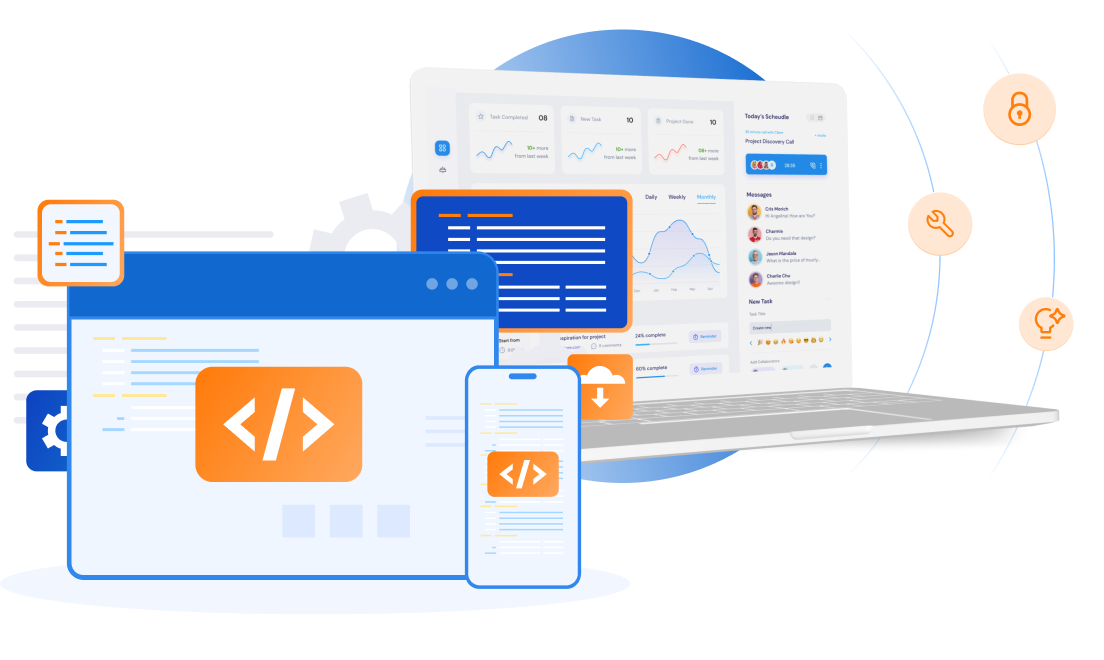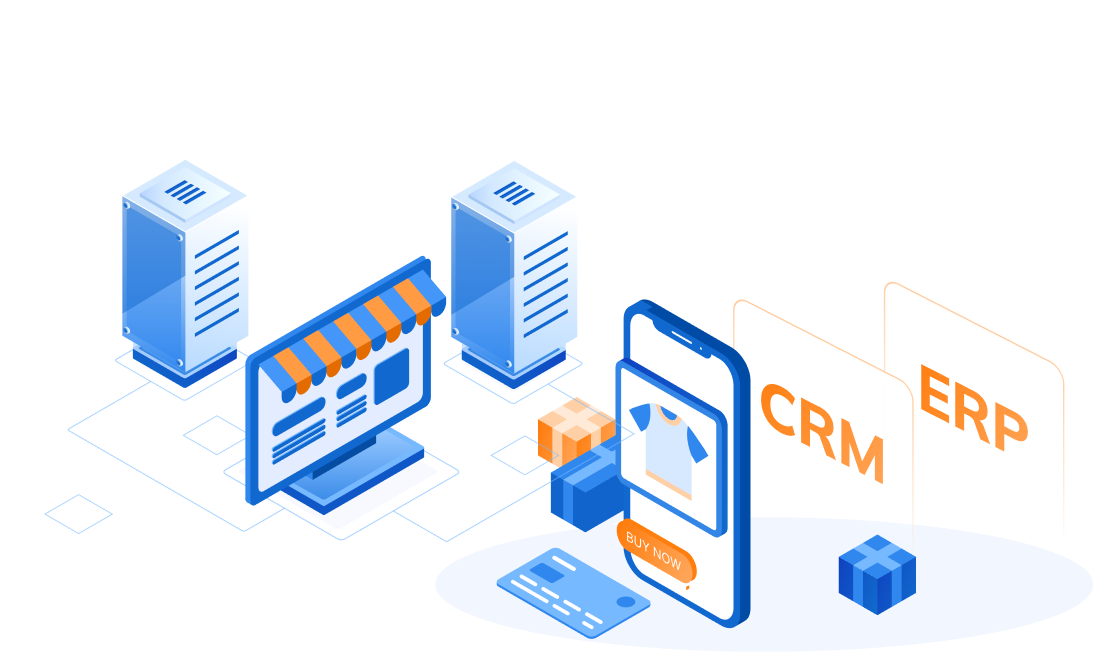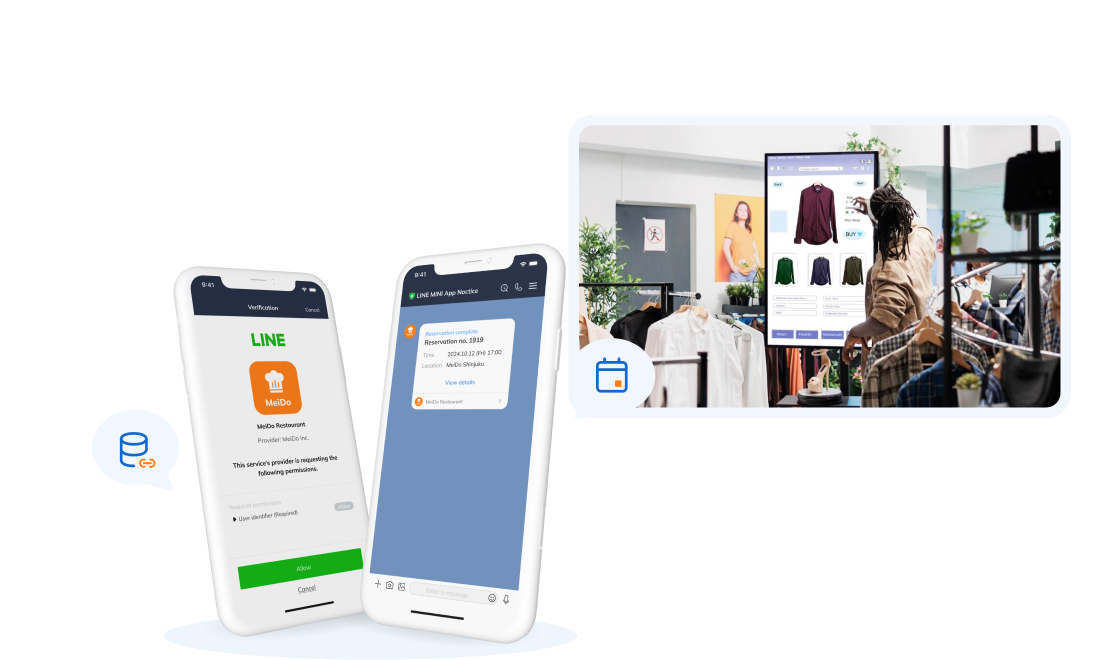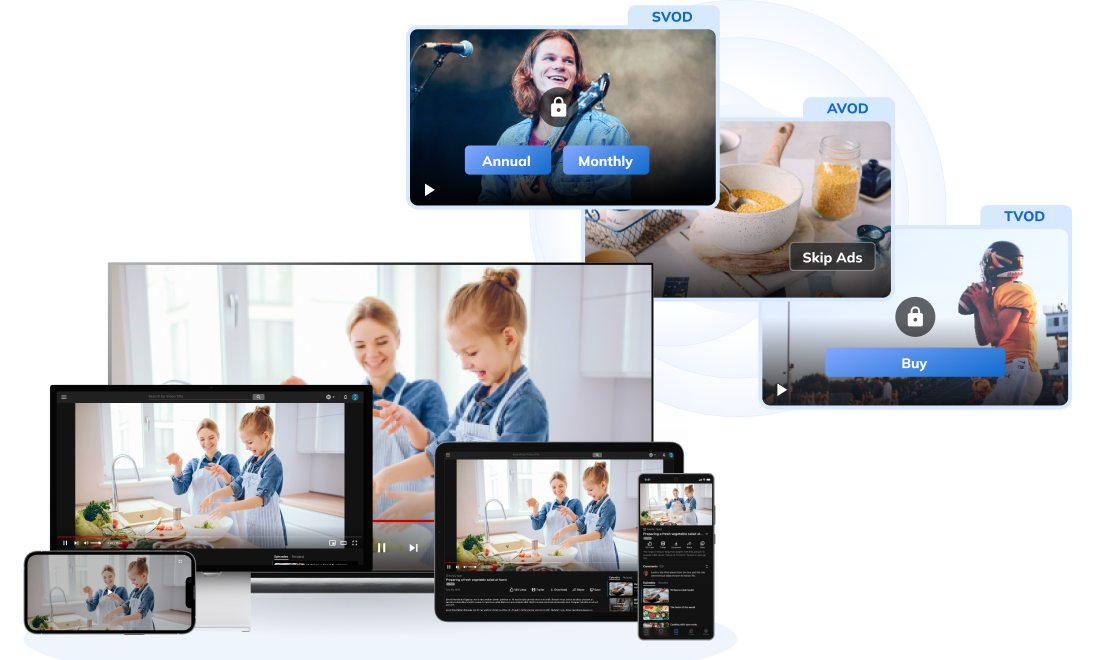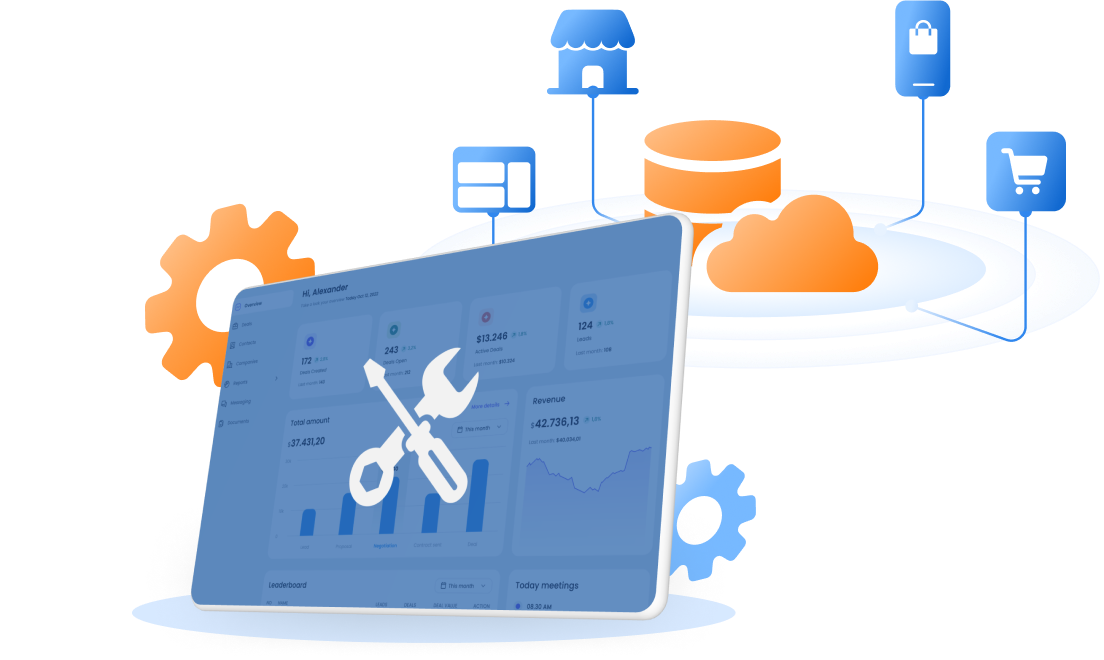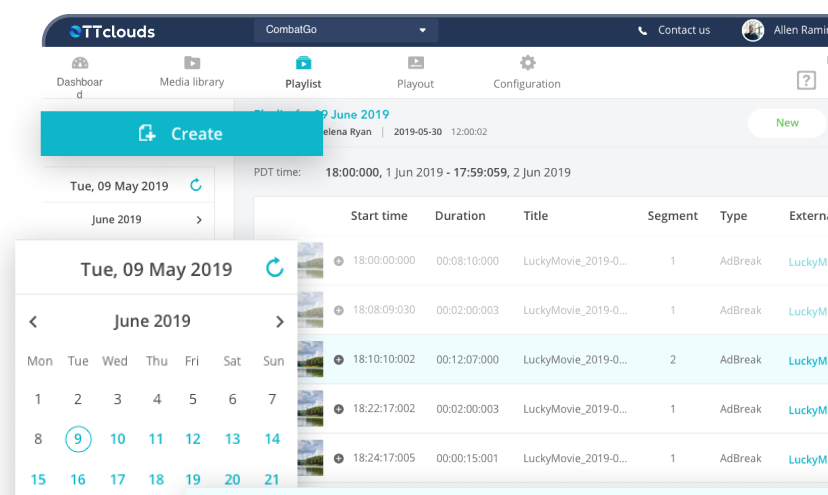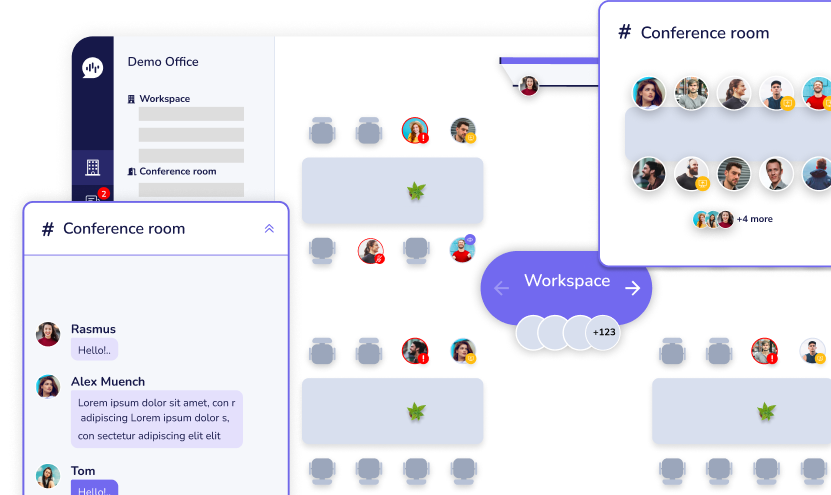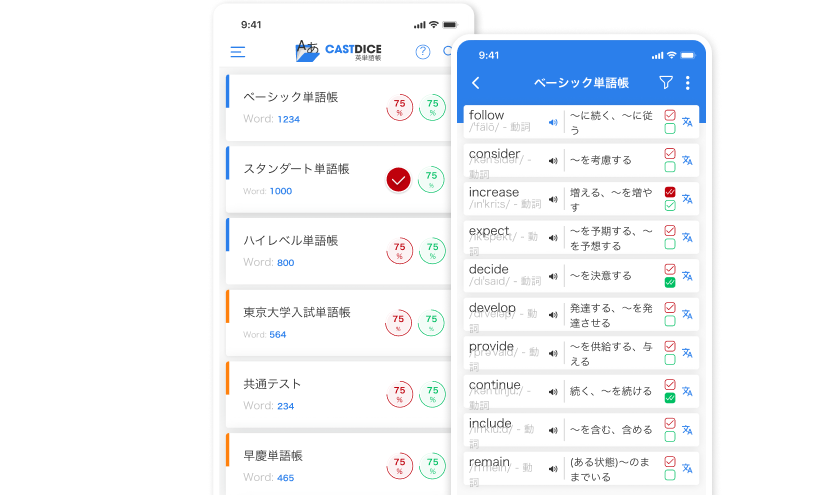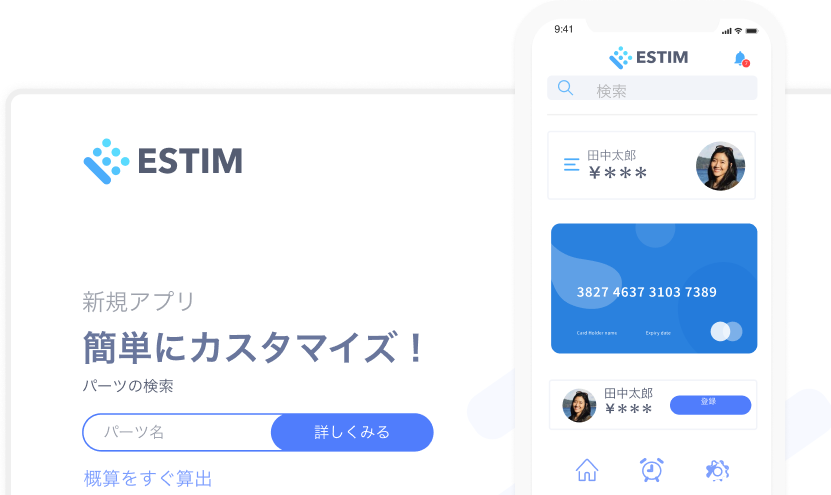Understanding Key Differences Between Customer Data Platform vs Data Lake
01/11/2024
1.44k
In today’s digital era, customer data has become one of the most valuable assets a business can own. Every click, purchase, and interaction tells a story about what customers want, how they behave, and what will make them stay loyal. But as data volume grows by the second, most organizations face a common challenge: how to organize, understand, and use it effectively.
That’s where two powerful technologies come into play: the Customer Data Platform (CDP) and the Data Lake. Both are designed to help businesses manage and utilize data, but they do so in very different ways.
A Customer Data Platform unifies customer data from multiple sources (websites, mobile apps, social media, and CRM systems) to create a single view of each customer. In contrast, a Data Lake serves as a central repository for storing large volumes of raw data for later analysis.
Understanding the difference between a Customer Data Platform vs Data Lake is critical for any business that wants to become data-driven. Choosing the right system can mean the difference between a scattered, disconnected view of customers and a smooth, insight-driven operation that fuels better marketing and smarter decision-making.
Let’s explore what each one does, how they differ, and which approach might be right for your organization.
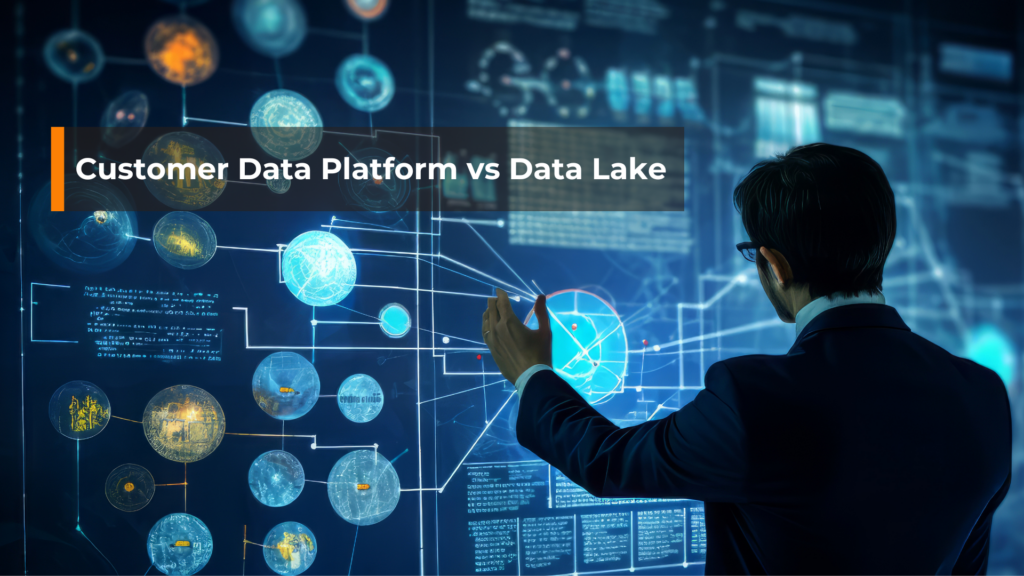
What is a Customer Data Platform (CDP)?
A customer data platform (CDP) is a software solution that collects, unifies, and manages customer data from various sources to create a single, comprehensive profile of each customer, also known as the “single customer view” or “customer 360”.
Imagine it as a hub that brings together every interaction your customers have had with your brand, whether they visited your website, used your app, subscribed to your newsletter, or made an in-store purchase.
Instead of having fragments of information scattered across different systems, a CDP builds a 360-degree view of each customer. It can track behaviors such as what they viewed, when they purchased, and which campaigns they engaged with. Once that unified view is created, the CDP makes it available to other systems, such as email platforms, CRM tools, and advertising networks, so your marketing teams can deliver more relevant and personalized experiences.
A strong CDP is designed for business users, not just data engineers. Marketing teams can segment audiences, trigger personalized campaigns, and measure performance without waiting for technical support. For example, a retailer can automatically send a discount to a customer who abandoned their shopping cart, or a media company can recommend shows based on a viewer’s past preferences.
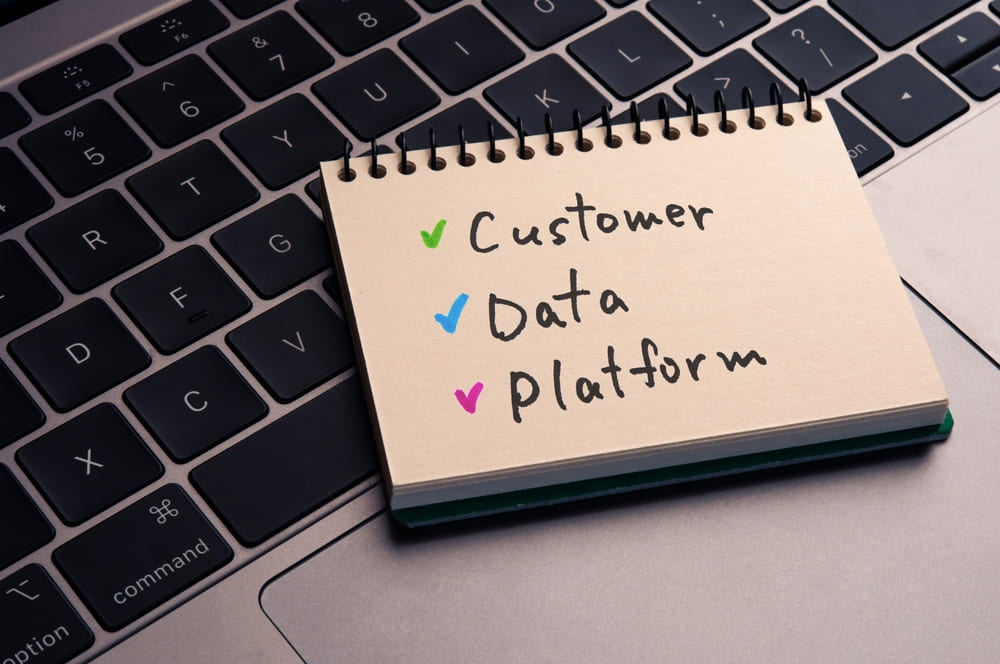
Key Features of a CDP
- Data collection and customer data integration: A CDP gathers data from multiple channels, including websites, mobile apps, POS systems, and CRM tools, and merges it into a single system without duplication.
- Identity resolution: It connects different identifiers (email, phone, cookies, device ID) to recognize one person across multiple touchpoints, forming a unified customer profile.
- Real-time data processing: CDPs update profiles instantly as new data arrives, allowing businesses to respond with personalized messages or recommendations.
- Audience segmentation and personalization: Marketers can create precise audience segments based on demographics, behavior, or preferences, then trigger tailored campaigns across channels.
- Data governance and privacy management: A CDP helps ensure compliance with data privacy laws such as GDPR and CCPA by tracking consent and managing data use responsibly.
- Integration with marketing and CRM tools: CDPs easily connect with downstream systems such as email platforms, ad networks, analytics dashboards, or loyalty programs, enabling seamless activation.
Key benefits of a CDP
- Unifies customer data from multiple channels in real time.
- Creates detailed, individual customer profiles.
Enables personalization and targeted marketing.
Helps maintain data privacy and compliance by managing consent. - Reduces dependency on technical teams for everyday marketing actions.
In short, a CDP turns raw customer data into actionable insights that empower marketing, sales, and customer success teams to deliver better experiences.
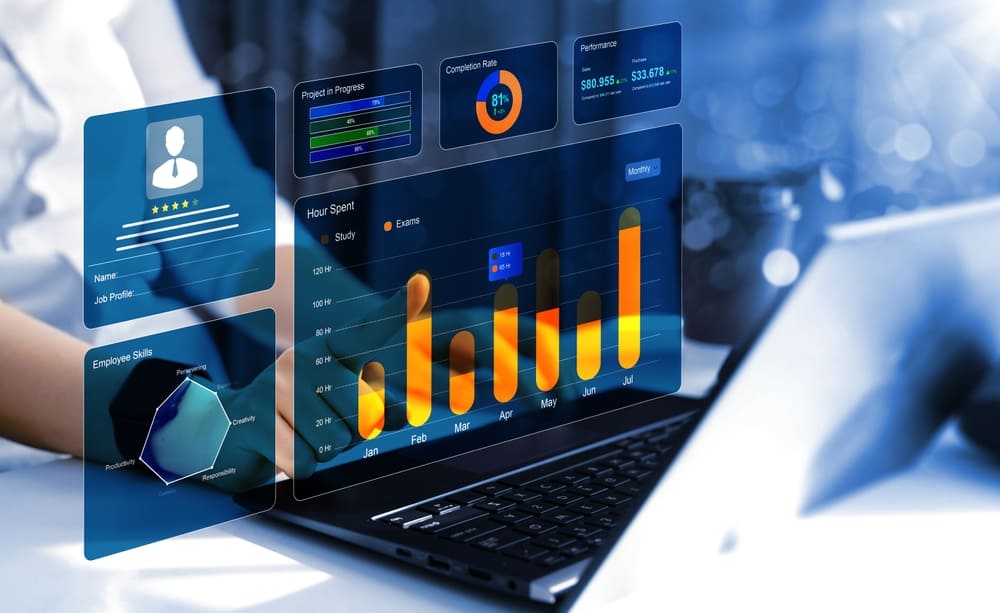
What is a Data Lake?
A Data Lake is a large digital repository where all types of data can be stored in their raw form until needed. You can think of it as an enormous container that holds everything from structured data (such as spreadsheets and customer records) to semi-structured data (such as logs) to unstructured data (such as videos, images, or social posts).
While a CDP focuses on who the customer is, a Data Lake focuses on everything the organization collects. It doesn’t impose a strict structure on how data is stored. This flexibility allows businesses to save all their information, then decide later how to organize and analyze it.
Data Lakes are useful for data science and analytics teams who need large, diverse datasets to build reports, train AI models, or discover new business patterns. For example, an e-commerce company could store customer transactions, web traffic logs, and product photos all in one place, making it easier to analyze trends or predict future demand.
Key Features of a Data Lake:
- Data storage flexibility: Data Lakes allow organizations to store raw data without enforcing a predefined schema.
- Cost efficiency: Data Lakes often utilize low-cost storage options, which is beneficial for businesses handling large volumes of data.
- Scalability: Built for massive storage, Data Lakes can scale as businesses accumulate more data from various sources.
- Advanced analytics support: They serve as a foundation for machine learning and advanced analytics, where large datasets are processed to uncover patterns and insights.
Key benefits of a Data Lake:
- Stores massive volumes of data in any format.
- Supports advanced analytics, artificial intelligence, and machine learning.
- Serves as a centralized foundation for enterprise-wide data.
- Scales easily as the organization grows.
- Offers cost-efficient storage compared to traditional databases.
A well-managed Data Lake becomes the foundation of a company’s entire data strategy. However, without proper management, it can quickly become a messy and disorganized collection that’s hard to use. That’s why having clear objectives and management practices is essential.

What Is The Different Between a Customer Data Platform Vs Data Lake?
Although both a Customer Data Platform (CDP) and a Data Lake handle large volumes of data, they serve very different purposes in a data-driven organization.
A CDP is built for actionable, customer-centric data management. It focuses on collecting, cleaning, and organizing customer information in real time. The goal is to help marketing, sales, and customer service teams better understand each person’s journey and deliver more personalized experiences.
A Data Lake, in contrast, is designed for storage, exploration, and analytics. It can hold all kinds of raw data from transaction records to images, videos, and sensor data, across every department. Instead of immediately activating data for campaigns, a Data Lake gives data scientists and engineers the flexibility to analyze large datasets and uncover patterns or insights for the entire business.
In simple terms, the key difference between CDP vs Data Lake is that a CDP turns data into action, while a Data Lake turns data into knowledge. A CDP helps you engage customers directly, whereas a Data Lake serves as the foundation for analytics, artificial intelligence, and long-term strategy.
Here’s a quick breakdown of their key differences:
| Feature | Customer Data Platform (CDP) | Data Lake |
|---|---|---|
| Primary Purpose | Customer-centric data for personalization and marketing | Enterprise-wide data storage and analytics |
| Data Type | Structured customer data | Structured, semi-structured, and unstructured data |
| Data Processing | Real-time, with a focus on customer experience | Batch processing and on-demand, often for data science |
| Users | Sales & Marketing teams, CRM managers, business analysts | Data scientists, analysts, and IT departments |
| Compliance Management | Built-in tools for managing customer consent and privacy | Requires custom privacy management solutions |
| Integration | Connects with CRM, marketing, and advertising platforms | Integrates with data processing tools like Hadoop, Spark, or cloud data warehouses |
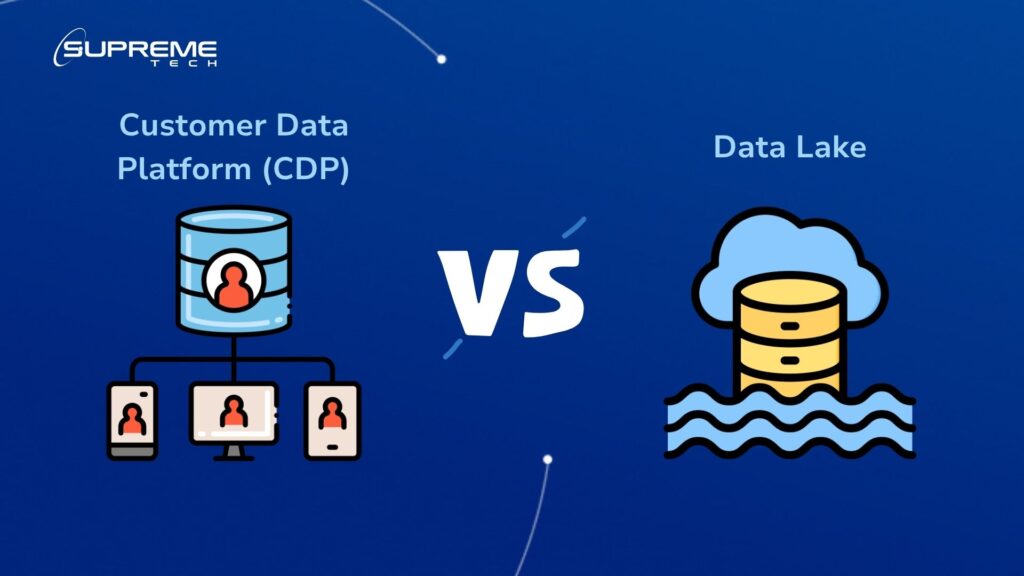
Customer Data Platform Vs Data Lake: What’s Right For Your Organization?
The decision between a Customer Data Platform vs a Data Lake depends on what your organization wants to achieve.
If your main goal is to improve customer engagement, personalization, and marketing performance, a customer data platform is the right choice. It helps you act on data quickly, without needing deep technical knowledge. Marketers can design personalized campaigns, track performance, and deliver consistent experiences across channels in real time.
A CDP is ideal for:
- Marketing and customer experience teams.
- Businesses focused on segmentation, targeting, and retention.
Companies that want fast deployment and immediate results. - Organizations that prioritize first-party data ownership and compliance.
On the other hand, if your focus is on analytics, predictive modeling, or large-scale data storage, then a Data Lake may be a better fit. It’s perfect for organizations that want to consolidate data from all departments, perform deep analysis, and support artificial intelligence or machine learning projects.
A Data Lake is ideal for:
- Enterprises handling massive data volumes.
- Data-driven organizations with technical teams.
- Companies aiming to develop AI or predictive insights.
- Businesses that need long-term, flexible data storage.
However, it doesn’t have to be one or the other. Many successful organizations are now combining both systems to get the best of both worlds.

How CDP and Data Lake Work Together
Some organizations may find value in using both a CDP and a Data Lake. For instance, data can first be ingested into a Data Lake, where raw data is stored and processed. Then, specific customer data can be moved into a CDP for real-time personalization and marketing purposes. This hybrid approach offers flexibility and maximizes the benefits of both systems, supporting both customer-focused initiatives and advanced analytics.
While it’s easy to think of CDP vs Data Lake as a competition, the truth is they can complement each other beautifully. Each plays a unique role within a modern data architecture.
A Data Lake collects and stores all types of raw data from across the business, including sales transactions, website traffic, and social media interactions. Once the data is cleaned, processed, and structured, relevant customer-related data can be sent to the Customer Data Platform, where it becomes ready for activation.
In this way, the Data Lake acts as the foundation, and the CDP serves as the activation layer. The Data Lake provides scale and flexibility, while the CDP brings precision and speed in delivering personalized experiences.
Example workflow:
- All data is ingested and stored in the Data Lake.
- Data engineers clean and organize it.
- Customer-specific data is transferred to the CDP.
- Marketing teams use the CDP to build audience segments and activate personalized campaigns.
- Feedback and performance data are fed back into the Data Lake for further analysis.
This partnership allows organizations to turn big data into meaningful action.
For example, a streaming platform can use its Data Lake to analyze viewing patterns across millions of users, then send recommendations to its CDP for targeted marketing campaigns. Similarly, an OMO retail brand can use AI in the Data Lake to predict purchasing trends, while the CDP delivers personalized promotions to customers in real time.
When used together, CDPs and Data Lakes form the backbone of a complete, data-driven ecosystem, combining deep insight with fast execution.

How SupremeTech Helps Businesses
At SupremeTech, we understand that every organization is at a different stage in its data journey. Some are just beginning to collect customer information, while others already manage complex analytics systems. Our mission is to help you make sense of it all and build a foundation that supports long-term growth.
We specialize in:
- Designing and implementing Customer Data Platforms that align with your marketing goals.
- Building scalable Data Lakes and data pipelines for advanced analytics.
- Integrating CDP and Data Lake systems into one seamless ecosystem.
- Ensuring data privacy, compliance, and operational efficiency.
Our team works hand in hand with your marketing, IT, and leadership teams to identify opportunities, set up the right tools, and transform how you use data. Whether you want to personalize campaigns, predict customer behavior, or centralize your data architecture, SupremeTech provides the expertise and technology to make it happen.
>>> Explore SupremeTech’s services to help businesses digitally transform:
- Custom Software Development
- Cloud Infrastructure & DevOps
- Omnichannel Retail Solutions
- E-commerce Development
Conclusion
Customer data platform vs Data Lakes both play critical roles in data-driven organizations, but serve different functions. While CDPs focus on the customer experience by enabling real-time, actionable insights, Data Lakes offer scalable storage for all types of data, supporting data science and analytics. By understanding the unique capabilities of each, businesses can make informed decisions that align with their data management needs and organizational goals.
Seeking ways to utilize customer data for efficient decision-making? Stay tuned for the following articles!
At SupremeTech, we’re supporting multi-million-customer businesses in building data pipelines that transform how they serve customers. Let’s book a free consultation with us if you want a custom solution for your business as well.
FAQs
What is a Customer Data Platform (CDP)?
A CDP unifies customer data from multiple sources into a single, accurate profile for personalization and marketing campaigns.
What is a Data Lake?
A Data Lake is a centralized system that stores raw data of all types, making it available for analytics, reporting, and AI.
What are the differences between CDP vs Data Lake?
A customer data platform (CDP) organizes and unifies customer data for real-time, personalized engagement. In contrast, a data lake is a large repository for storing raw, multi-format data for long-term storage, advanced analytics, and big data processing.
Key differences include their purpose (CDP for engagement, Data Lake for storage and analysis), data format (CDP for real-time, Data Lake for batch), and user focus (CDP for marketers/business use, Data Lake for data scientists/analysts).
Can a Data Lake replace a CDP?
No. They serve different purposes. A Data Lake focuses on storage and analysis, while a CDP focuses on customer engagement.
Which one benefits marketing teams the most?
A CDP is designed for marketers and integrates easily with advertising and CRM tools.
Which one supports AI and machine learning better?
A Data Lake supports AI and machine learning better because it stores raw, diverse datasets needed for model training.


